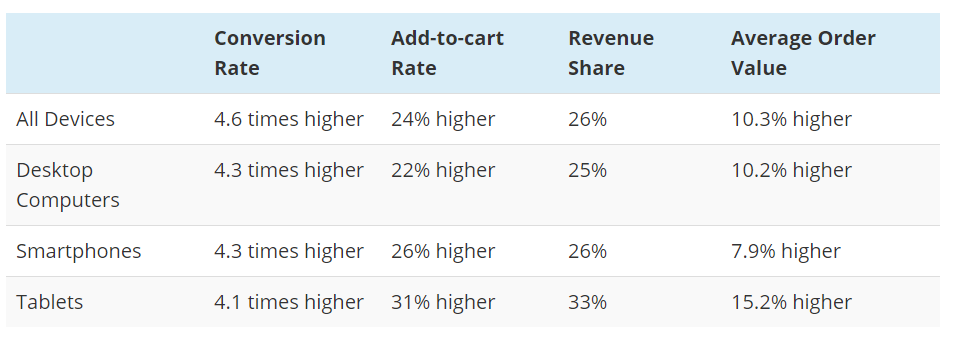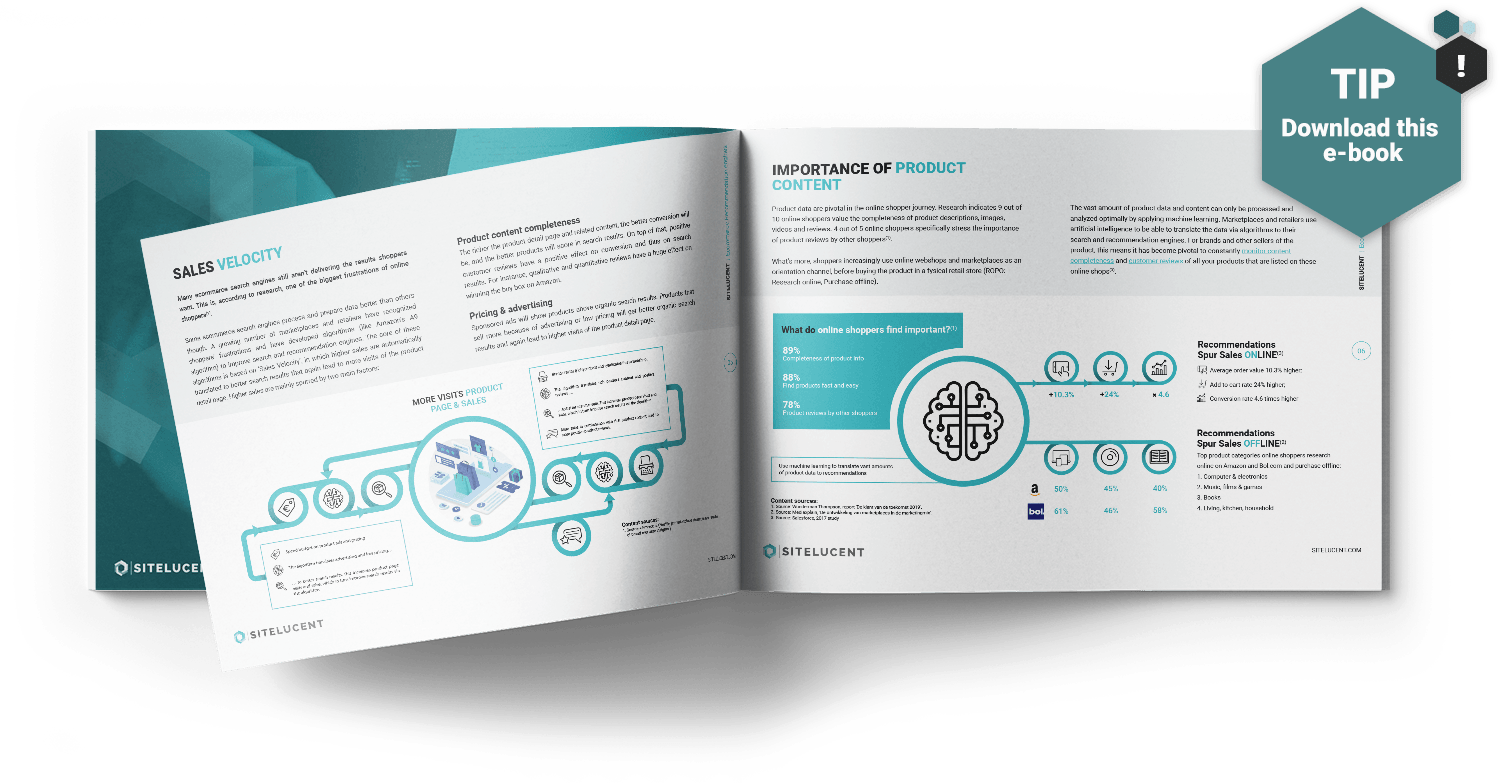The growth in consumer demand for real-time personalization is at an all-time high. Brands and retailers can improve conversion rates and raise average order value by delivering more personalized and relevant product search results.
Amazon and other marketplaces lead the way
Ecommerce marketplaces seem to be leading the way in this regard. Recent research by Wunderman Thompson (De Klant van de Toekomst Nederland, 2019) shows that online shoppers in the Netherlands find that marketplaces offer the best overall customer experience. In all countries, online marketplaces dominate in online shoppers’ product search. No wonder the number of brands that sell via marketplaces (directly or indirectly) is growing every day.
Let’s zoom in on the way these marketplaces are personalizing the online shopping experience by exploring 3 questions:
-
How do consumers search for products on a marketplace?
-
What is the impact of personalized recommendations on conversion rates?
-
How does this translate to the search and recommendation engines on marketplaces?
How do consumers search for a product?
Search is the primary area visitors will use to find what they are looking for on a website. There are three options for buyers to find products on an eCommerce site.
-
Keyword search occurs when a buyer uses the search bar to find products. Keywords can be anything, from terms relating to products or categories to specific part numbers — UPC, MPN, EAN, internal, competitive, and industry-specific.
-
Category browsing occurs when users select a category and drill down to find the items they are looking for in sub-categories.
-
Faceted search is when users refine their search by narrowing the results via filters, such as size, color, length, and brand.
-
Visual search. Reverse image search is relevant when the products are difficult to describe or relate to a visual appearance like clothing or furniture. eBay is doing a great job of enabling its users to search by images.
What is the impact of personalized recommendations?
A study conducted by Salesforce from March to June 2017 revealed that shoppers prompted with relevant product recommendations accounted for 26 percent of revenue on eCommerce sites. This, despite results that show only 7 percent of visitors click such links.

Source: Salesforce
Through the use of Artificial Intelligence and machine learning, retailers and marketplaces can analyze customers’ behavior, learn their habits, and deliver automated, personalized recommenders within search results, promotional and personalized banners, and on-page recommendations in real-time.
Marketplace recommendation engines
Many brands and retailers depend on the way marketplaces apply these personalization options in their search and recommendation algorithms. In practice, the core of these marketplace algorithms is based on ‘sales velocity' (source Emerce). For example, the direct and indirect ranking factors within the A9 algorithm of Amazon can all be traced back to this concept. They can be divided into 3 categories:
-
Conversion ratio (vicious circle): products that sell more because of advertising or low pricing will get better organic search results.
-
Keyword & content relevance: the richer the product detail page and related content, the better conversion will be, and the better products will score in search results.
-
Customer satisfaction: positive customer reviews have a positive effect on conversion and thus on search results. Qualitative and quantitative reviews have a huge effect on winning the buy box on Amazon.
Of course, this is just the tip of the iceberg. Keep an eye on our LinkedIn page and website for new blogs and other content on this subject.
How do eCommerce search engines work?
Download our e-book and get more information about the core of marketplace algorithms, become aware of the impact of sponsored ads, and compare Amazon and a niche retailer Coolblue. 